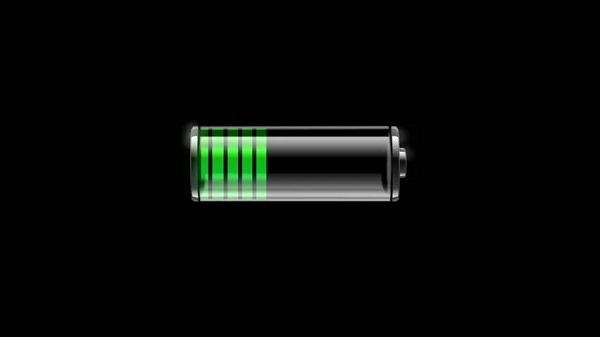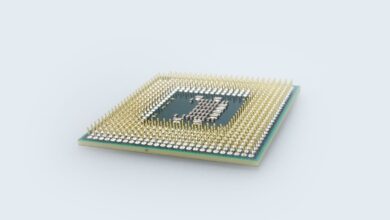Maximizing Battery Life with Modern Op-Amps: A Key to Efficient Power Management
Maximizing Battery Life

Introduction:
In today’s increasingly connected world, where portable and battery-powered devices dominate our daily lives, maximizing battery life has become a paramount concern for both consumers and manufacturers. One critical component that plays a significant role in efficient power management is the operational amplifier, or op-amp. In this article, we will explore how modern op-amps can be utilized to extend battery life in various applications, ranging from smartphones and wearables to IoT devices and medical instruments.
Understanding Op-Amps and Power Consumption:
Op-amps are versatile integrated circuits used in a wide range of electronic applications. They are commonly used to amplify, filter, and process analog signals. However, op-amps can also have a significant impact on power consumption within a system. By carefully selecting and employing low-power op-amps, engineers can achieve substantial energy savings, leading to extended battery life.
Choosing Low-Power Op-Amps:
Modern op-amps come in a variety of configurations and specifications. When aiming to maximize battery life, selecting op-amps with low quiescent current and low supply voltage is crucial. Quiescent current refers to the current consumed by the op-amp even when it is not actively amplifying signals. By choosing an op-amp with low quiescent current, power can be conserved during idle periods, thus reducing overall power consumption.
Utilizing Sleep and Shutdown Modes:
Many op-amps feature sleep or shutdown modes, which allow them to operate in a low-power state when not in use. By employing these modes strategically, it is possible to significantly reduce power consumption during periods of inactivity. For example, in battery-powered audio devices, the op-amp can be put into sleep mode when there is no audio input, leading to power savings without compromising functionality.
Designing Efficient Signal Conditioning Circuits:
Op-amps are commonly used in signal conditioning circuits, which prepare signals for further processing. By optimizing the design of these circuits, engineers can minimize power dissipation. One approach is to reduce the supply voltage of the op-amp without sacrificing performance. Lowering the supply voltage decreases power consumption proportionally, thereby extending battery life. However, it is essential to ensure that the reduced supply voltage does not compromise signal integrity.
Leveraging Precision and Accuracy:
Modern op-amps often boast improved precision and accuracy, allowing for more precise signal processing. By leveraging these characteristics, designers can reduce the need for additional circuitry, which would otherwise consume power. For example, in temperature measurement applications, using an op-amp with high accuracy can eliminate the need for additional amplification stages, resulting in power savings.
Implementing Efficient Feedback Techniques:
Feedback is a fundamental concept in op-amp circuits. By employing efficient feedback techniques, such as negative feedback, engineers can achieve better linearity, stability, and power efficiency. Negative feedback can help reduce power consumption by minimizing distortion and reducing the overall gain required, allowing the op-amp to operate closer to its optimal efficiency point.
Using Low-Power Modes of Microcontrollers:
In many battery-powered systems, op-amps work in conjunction with microcontrollers. Modern microcontrollers often feature low-power modes, which allow them to operate in an energy-efficient manner. By coordinating the sleep and wake cycles of op-amps and microcontrollers, overall power consumption can be minimized. For example, a microcontroller can wake up the op-amp only when needed, conserving power during idle periods.
Managing Noise and Interference:
Op-amps are susceptible to noise and interference, which can negatively impact their performance and increase power consumption. By employing proper shielding, filtering, and layout techniques, designers can mitigate noise-related issues. By reducing noise and interference, the op-amp can operate more efficiently, resulting in power savings.
Conclusion:
As battery life continues to be a significant concern for portable electronic devices, the careful selection and implementation of modern op-amps play a crucial role in maximizing power efficiency. By considering factors such as low power consumption, sleep modes, efficient feedback techniques, and integration with low-power microcontrollers, engineers can design circuits that significantly extend battery life. Through these efforts, consumers can enjoy longer-lasting devices, and manufacturers can deliver products with improved energy efficiency, reducing environmental impact and enhancing user satisfaction. By leveraging the advancements in op-amp technology, the goal of maximizing battery life in modern electronics can be achieved.




